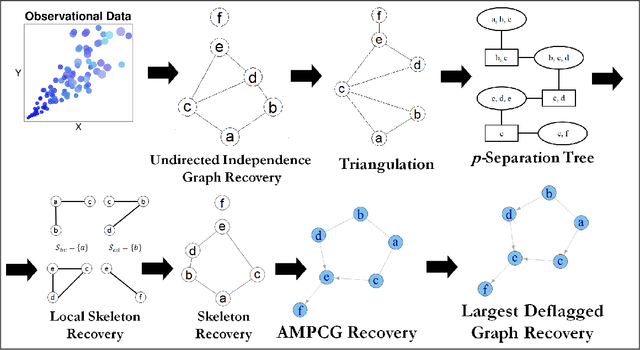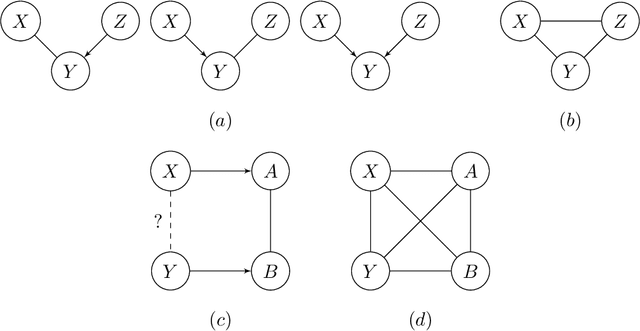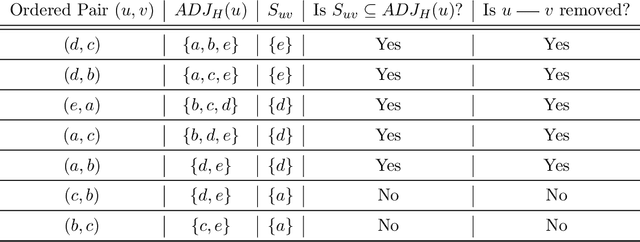AMP Chain Graphs: Minimal Separators and Structure Learning Algorithms
Paper and Code
Feb 24, 2020



We address the problem of finding a minimal separator in an Andersson-Madigan-Perlman chain graph (AMP CG), namely, finding a set Z of nodes that separate a given non-adjacent pair of nodes such that no proper subset of Z separates that pair. We analyze several versions of this problem and offer polynomial-time algorithms for each. These include finding a minimal separator from a restricted set of nodes, finding a minimal separator for two given disjoint sets, and testing whether a given separator is minimal. We provide an extension of the decomposition approach for learning Bayesian networks (BNs) proposed by (Xie et. al.) to learn AMP CGs, which include BNs as a special case, under the faithfulness assumption and prove its correctness using the minimal separator results. The advantages of this decomposition approach hold in the more general setting: reduced complexity and increased power of computational independence tests. In addition, we show that the PC-like algorithm is order-dependent, in the sense that the output can depend on the order in which the variables are given. We propose two modifications of the PC-like algorithm that remove part or all of this order-dependence. Simulations under a variety of settings demonstrate the competitive performance of our decomposition-based method, called LCD-AMP, in comparison with the (modified version of) PC-like algorithm. In fact, the decomposition-based algorithm usually outperforms the PC-like algorithm. We empirically show that the results of both algorithms are more accurate and stable when the sample size is reasonably large and the underlying graph is sparse.
 Add to Chrome
Add to Chrome Add to Firefox
Add to Firefox Add to Edge
Add to Edge